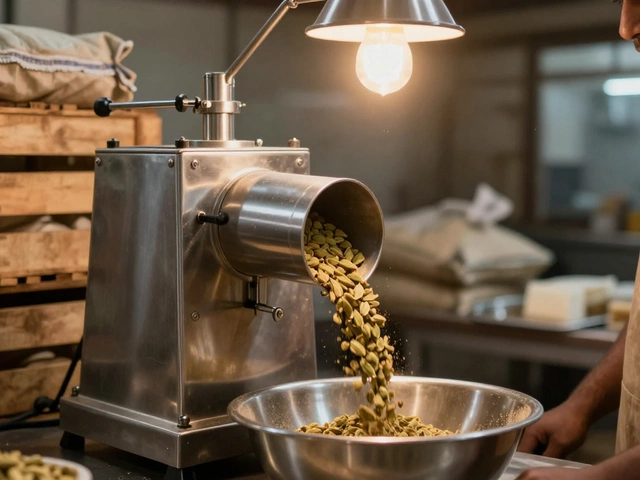Unsaturated Industries: Where Growth Beats Competition
Ever wonder why some businesses explode while others stall? Often it’s the market they choose. An unsaturated industry means fewer players, more room to price, and a clearer path to profit. In 2025, a handful of sectors fit that bill, and they’re right here in India’s manufacturing and export landscape.
Why Look for Unsaturated Markets?
First off, low competition lets you set standards instead of chasing them. You can command better margins, build brand loyalty faster, and avoid the price wars that eat up cash. Second, investors love the story of a niche that’s about to scale—funding becomes easier. Finally, government schemes often favor emerging sectors, offering tax breaks or subsidies that sweeten the deal.
Top Unsaturated Sectors to Watch
Pharma hubs outside the usual suspects. While Gujarat and Hyderabad dominate exports, Baddi is quietly amassing manufacturing capacity. If you’re eyeing APIs or vaccine production, Baddi’s lower land costs and growing talent pool present a sweet spot.
Furniture manufacturing. The Indian home‑decor market is booming, yet most mid‑range players still rely on imports. Local factories that combine smart design with sustainable wood can capture a fast‑growing consumer base, especially with government push for Make‑in‑India furniture.
Synthetic textiles. India leads in cotton, but synthetic fibers remain under‑exploited. The biggest synthetic textile maker is pulling ahead, and there’s room for niche players focused on technical fabrics for sportswear or automotive interiors.
Flipping high‑demand items. Data shows certain consumer goods—like refurbished electronics or limited‑edition sneakers—yield 30‑40% returns. Applying the 70% rule helps you price right and avoid overstock, turning a side hustle into a steady revenue stream.
Food processing units. Small‑scale food factories that meet safety standards can tap into both domestic demand and export markets. With rising health consciousness, niche products such as gluten‑free snacks or plant‑based proteins are gaining traction.
Each of these sectors shares a common thread: they’re on the cusp of scaling, but haven’t saturated the market yet. That’s your cue to do deeper research, secure the right licenses, and test a minimum viable product before going full‑steam.
Bottom line? Spotting an unsaturated industry isn’t about guessing—it’s about matching data trends, government incentives, and real consumer pain points. Start with one of the areas above, map out the supply chain, and watch your venture grow faster than the crowded fields.
Industries with Low Competition: Discover Untapped Business Opportunities in 2025
Looking for industries that aren’t overcrowded? Here are sectors with low competition and big potential, plus tips on finding your best fit in 2025.
Read More




